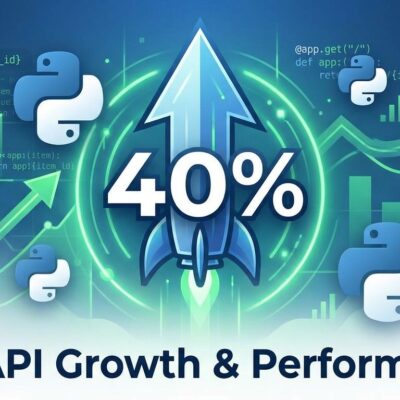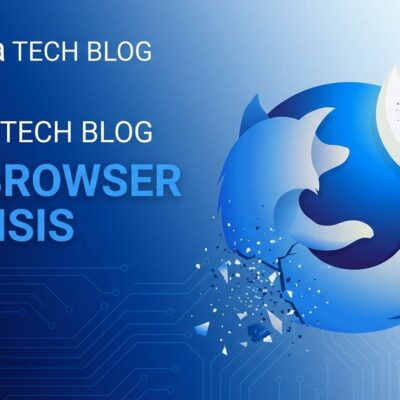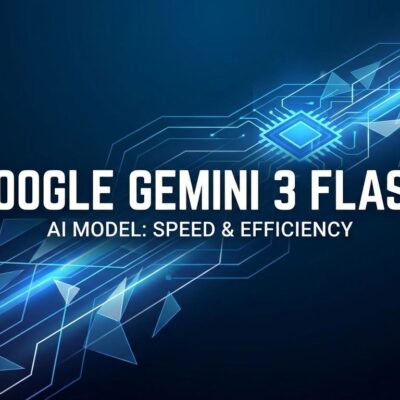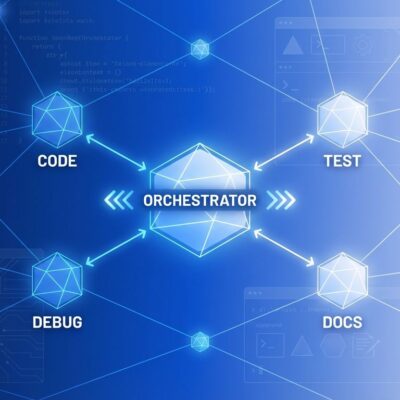
Anthropic released Claude Opus 4.5 TODAY (November 24, 2025), achieving 80.9% accuracy on SWE-Bench Verified—the first AI model to cross the 80% threshold on this software engineering benchmark. More significantly, Opus 4.5 scored higher than any human candidate on Anthropic’s actual two-hour engineering take-home assessments, marking the first time an AI has demonstrably outperformed humans on standardized real-world coding tests. The release comes with a 67% price reduction ($5/$25 per million tokens vs $15/$75 for Opus 4.1), making frontier AI coding accessible to mid-market companies just days after Google launched Gemini 3 (November 18) and OpenAI released GPT-5.1-Codex-Max (November 19).
First AI to Beat Humans on Real Engineering Tests
Claude Opus 4.5 didn’t just beat synthetic benchmarks—it outscored every human candidate on Anthropic’s actual hiring assessments. Scott White, Claude’s product lead, confirmed that using parallel test-time compute, the model reaches peak performance after just 4 iterations (competitors need 10+). On SWE-Bench Verified, Opus 4.5 leads at 80.9%, ahead of OpenAI’s GPT-5.1-Codex-Max (77.9%), Google’s Gemini 3 Pro (76.2%), and even Anthropic’s own Sonnet 4.5 (77.2%).
What does 80.9% mean in practice? SWE-Bench Verified gives models a code repository and issue description, then evaluates whether generated patches both fix the problem AND avoid breaking unrelated code. The benchmark uses 500 real GitHub issues—90% are fixes experienced engineers complete in under an hour. Opus 4.5 successfully resolves 4 out of 5. This isn’t a junior engineer fumbling through Stack Overflow; this is peer-level performance on well-defined tasks.
67% Price Cut Changes AI Coding Economics
Opus 4.5’s pricing dropped to $5 per million input tokens and $25 per million output tokens, down from $15/$75 for Opus 4.1. That’s a 67% reduction. Combined with token efficiency improvements—76% fewer tokens at medium effort for equivalent performance, 48% fewer at maximum effort while BEATING Sonnet 4.5 by 4.3 points—the cost-per-task drops even further.
This isn’t just cheaper; it’s strategically cheaper. At $15/$75, Opus was enterprise-only territory. At $5/$25, startups and mid-market teams can afford frontier AI coding. The timing matters: Google’s Gemini 3 launched November 18 with multimodal “vibe coding,” OpenAI’s GPT-5.1-Codex-Max followed November 19 with 24-hour task persistence, and now Opus 4.5 on November 24 with the highest benchmark score and lowest price. This is a coordinated arms race for AI coding market share, and Anthropic just forced OpenAI and Google to match both performance AND pricing or lose customers.
Benchmarks Don’t Predict Production Value
Before assuming 80.9% SWE-Bench means your debugging problems are solved, reality check: 76% of developers use AI coding tools, but only 43% trust their accuracy—a 33-point trust gap. Epoch AI’s analysis shows SWE-Bench mainly tests “the ability of models to navigate a Python codebase and fix well-defined, small issues with clear descriptions.” Translation: It measures junior-to-mid-level isolated tasks, not complex architectural decisions or navigating ambiguous requirements.
The METR study showed AI made experienced developers 19% SLOWER on complex tasks. Enterprise pilots tell the same story: 80% of organizations explored AI tools, 40% deployed them, and only 5% reached production with measurable profit-and-loss impact. That’s a 95% failure rate. SWE-Bench’s 1-in-5 failure rate (19.2%) mirrors real-world limitations—”almost works but not quite” frustrates 66% of developers, and 45% report debugging AI output takes longer than writing code from scratch.
Key Takeaways
- Claude Opus 4.5 is the first AI to cross 80% on SWE-Bench Verified (80.9%) and beat human engineers on Anthropic’s actual hiring tests—symbolic threshold crossing from “helpful tool” to “peer-level engineer” for well-defined coding tasks. However, this is performance on isolated, <1 hour tasks with clear success criteria, not complex multi-week architectural work requiring sustained judgment.
- The 67% price drop ($5/$25 vs $15/$75) makes frontier AI coding accessible to mid-market companies and forces competitive response from OpenAI and Google. Combined with 76-48% token efficiency gains, cost-per-task drops dramatically. This changes enterprise adoption ROI calculations—previously enterprise-only pricing now reaches startups.
- The Nov 18-24 launch sequence (Gemini 3 → GPT-5.1-Codex-Max → Opus 4.5) reveals coordinated AI coding arms race, not isolated innovation. Each model excels at different use cases: Opus 4.5 leads on accuracy benchmarks, Gemini 3 for multimodal/frontend development, GPT-5.1-Codex-Max for 24+ hour task persistence. Developers should test all three on their specific domain before committing.
- Trust gap persists: 76% adoption vs 43% accuracy trust, 95% enterprise pilot failure rate, and 19% slowdown on complex tasks suggest benchmarks don’t predict production value. Opus 4.5’s 19.2% failure rate (1 in 5 tasks) means it’s not infallible. Use as “draft with human review” not “autonomous replacement,” especially for production-critical code.
- Test Opus 4.5 on YOUR codebase before assuming SWE-Bench performance translates. The benchmark is Python-heavy with well-defined issues; your domain may differ significantly. “Beats humans on 2-hour tests” doesn’t equal “replaces senior engineers with 10+ years experience”—it means AI can reliably handle well-scoped junior-to-mid-level tasks, freeing humans for higher-level architectural and judgment work.












